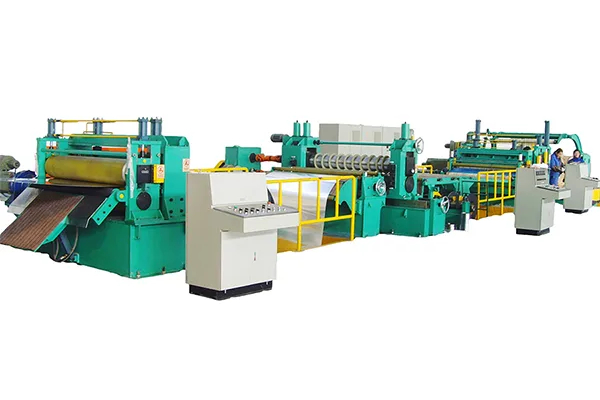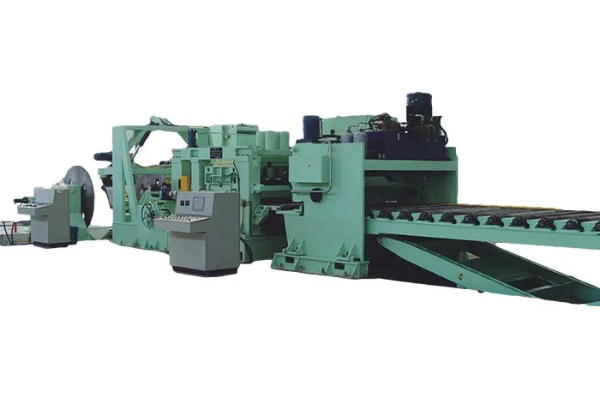
Cost Analysis- Investing in a Plate Bender Machine
- By:Metmac
- 2024-06-06
- 182
Investing in a plate bender machine is a significant decision that requires careful consideration of the associated costs. Understanding the financial implications will help businesses make informed choices and maximize the return on their investment.
Acquisition Cost
The initial acquisition cost of the plate bender machine is a substantial expense. Factors influencing the cost include machine size, capacity, and features. Larger machines with greater bending capacity tend to be more expensive. Additional features such as automated controls, precision gauges, and safety mechanisms also increase the price.
Operational Costs
Once the machine is acquired, ongoing operational costs become a factor. These include:
Electricity
Plate bender machines consume significant electricity during operation. The energy consumption depends on the machine’s size, capacity, and usage frequency.
Maintenance
Regular maintenance is essential to ensure optimal performance and longevity of the machine. Costs include routine inspections, lubrication, and replacement of worn parts.
Labor
Labor costs can vary depending on the machine’s complexity and the required skill level of the operators. Simple machines may require minimal operator training, while advanced models demand specialized expertise.
Return on Investment
The return on investment (ROI) is a crucial aspect of the cost analysis. The ROI is determined by the following factors:
Increased Productivity
Plate bender machines can significantly increase production rates by automating the bending process and reducing the need for manual labor.
Improved Product Quality
These machines ensure consistent and precise bends, resulting in higher-quality products and reduced scrap rates.
Cost Savings
In the long run, the increased productivity and improved product quality can lead to cost savings by reducing labor expenses, material waste, and production errors.
Factors to Consider
When evaluating the cost analysis, it is essential to consider the following factors:
Machine Utilization
The ROI is higher if the machine is utilized at or near its capacity.
Market Demand
The demand for bent plate products influences the ROI. Investing in a machine for a niche market may not be as profitable as targeting a wider customer base.
Competition
The presence of competitors offering similar services or products can impact pricing and profit margins.
By carefully considering these costs and factors, businesses can make informed decisions about investing in a plate bender machine. A thorough cost analysis will help optimize ROI and ensure long-term profitability.
-
Mastering Form and Force: A Guide to Modern Metal Plate Bending Machines
2025/12/16 -
Demystifying Sheet Metal Laser Cutting Machine Price: The METMAC Value Perspective
2025/12/16 -
Metal Sheet Machinery: The Engine of Modern Fabrication and the METMAC Advantage
2025/12/16 -
Beyond the Bend: The Power and Precision of the Modern Sheet Profile Machine
2025/12/16
-
Advanced Sheet Metal Rolling, Laser Cutting, and Folding Machines for Precision Fabrication
2025/10/31 -
High-Performance Sheet Metal Bending and Cutting Machines for Modern Fabrication
2025/10/31 -
High-Quality Sheet Metal Equipment for Sale: Efficient Solutions for Modern Manufacturing
2025/10/31 -
High-Performance Sheet Metal Equipment for Sale: Forming and Shearing Solutions for Modern Fabrication
2025/10/22
-
Latest Technological Advancements in Rectangular Duct Machines
2024/05/11 -
Integrating Automation with Rectangular Duct Machines for Enhanced Productivity
2024/05/11 -
Metal Shear Machines- Essential Tools for Precision Metal Cutting
2024/05/11 -
Understanding the Role and Function of Steel Strip Slitting Machines
2024/05/11
-
A Guide to the Latest Innovations in Sheet Metal Folding Machines
2024/11/29 -
Key Features to Consider When Investing in a Sheet Metal Folding Machine
2024/11/28 -
Enhancing Precision with Advanced Sheet Metal Folding Machines
2024/11/27 -
How to Choose the Right Sheet Metal Folding Machine for Your Workshop
2024/11/26







